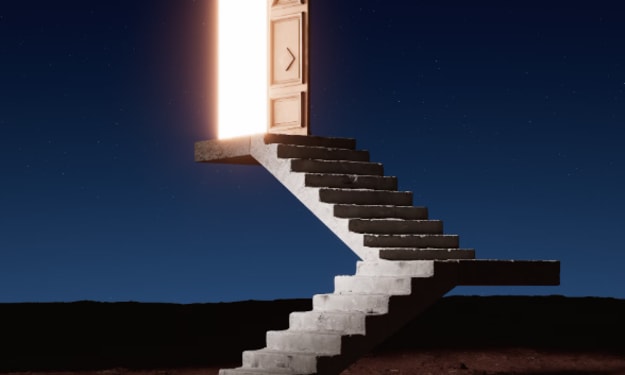Working in the Modern Mining Industry
Miners see the Earth from a new perspective

Mining is a profession that has been around for hundreds of years. In some respects, mining has not changed all that much since the 19th century. However, there have also been innovations made that have changed the day-to-day reality of mining in some important respects. Mining work is lucrative if you can get it, but job availability has declined somewhat in recent decades. Part of the reason that it pays so well is because of the element of danger involved, which still persists despite efforts to improve the safety of the mines.
Job Availability
In 2010, coal production increased even as employment in the industry fell to 53,000, a significant decrease from 1979 when there were 250,000 employed in the industry. The reason for the discrepancy is the development of new technology, such as the shovel swing and the rock crusher. However, technology is not necessarily the miners' enemy. There are many ways that new technological developments help miners. Unmanned drones help with site mapping, stockpile inventory, and surveillance, while virtual reality helps new miners experience finding out what it is like to work underground. Another helpful device in mining is the vibrating grizzly feeder.
Safety Concerns
There is no natural light in a mine, but fortunately, the artificial light sources available are much more effective than the lanterns that miners had to rely on in the past. Nevertheless, they are not entirely sufficient, and miners still have to wear iconic battery-powered headlamps on their helmets to provide sufficient illumination to see what they are doing. Because it is as important to be seen as it is to see, miners also wear special uniforms with reflective strips, whereas in the past, it was acceptable to simply wear blue jeans, a T-shirt, and work boots.
Air quality has always been a major concern for those working in a mine, and it remains so to this day. Despite advances in pumping fresh air into the mines, digging so deeply into the earth can cause the release of toxic gases like carbon dioxide and methane. However, miners today carry electronic detectors to read gas levels digitally. It is no longer an acceptable practice to take canaries down into the mines to gauge air quality, although the tradition endured until 1986.
Another factor affecting the air quality in a mine is dust. As you inhale dust particles, they can build up in the lungs and cause scarring of the tissues. This leads to lung diseases called pneumoconiosis that can cause severe breathing problems. Although doctors and scientists know a lot more about pneumoconiosis than they did in the past, inhaling dust is still a major concern in the mining industry. This is because of the use of larger machines that generate more dust while in operation.
Despite advances in engineering designed to prevent it, there is also the ever-present danger that the mine could collapse. Other persistent dangers in mines include explosions and fires. Fewer people die in mining accidents today than in the past, but annual deaths due to mining accidents are still typically in the double digits.
Company Culture
The culture of the employees who work on the surface is different than that among those that work down in the mine. A worker who goes from working underground to a surface job sometimes finds it hard to adjust. Risking their lives together every day creates a strong sense of camaraderie among miners. They often spend more time with their co-workers than they do with their own families, and so the relationship among them begins to feel like an extended family. For example, during special occasions, a miner's spouse may make a large meal for the miner to take to work and for everyone in the mine to share together. In fact, sometimes a miner's co-workers are literal family members rather than figurative ones. It has often been traditional for multiple members of the same family, sometimes several generations, to go into the mining industry.
Miners are the first to admit that the work is not for everyone. It is difficult, dangerous, and sometimes deadly. However, miners report feeling privileged to get to see an area of the Earth that most people will never encounter.






Comments
There are no comments for this story
Be the first to respond and start the conversation.